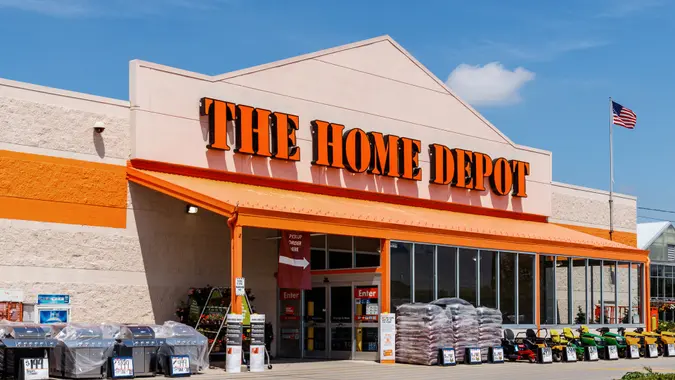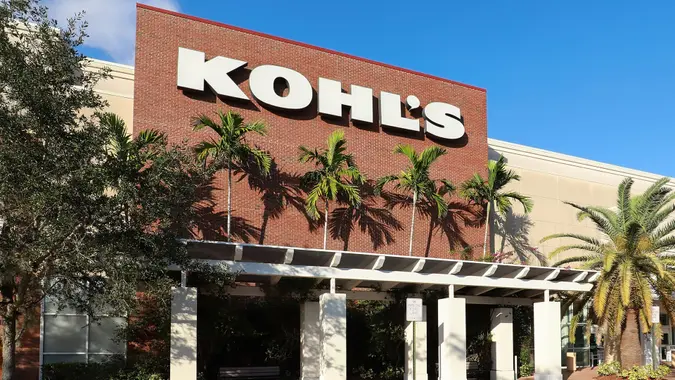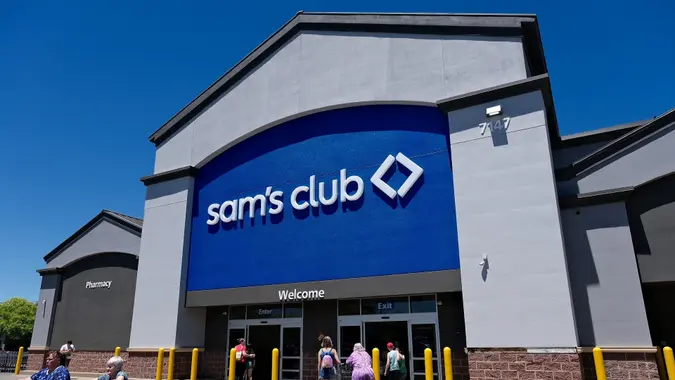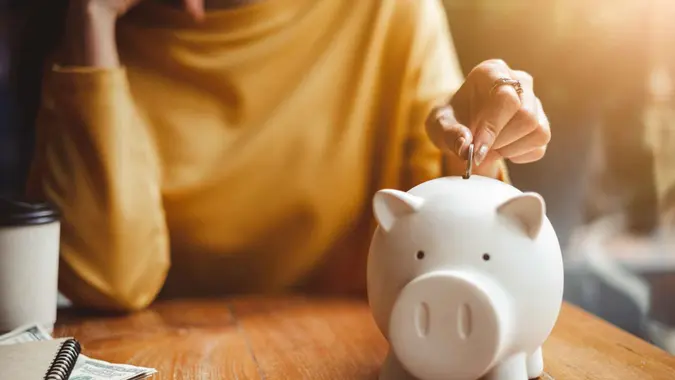As Interest Rates Continue To Rise, Should You Consider Buying Out Your Car Lease?

Commitment to Our Readers
GOBankingRates' editorial team is committed to bringing you unbiased reviews and information. We use data-driven methodologies to evaluate financial products and services - our reviews and ratings are not influenced by advertisers. You can read more about our editorial guidelines and our products and services review methodology.

20 Years
Helping You Live Richer

Reviewed
by Experts

Trusted by
Millions of Readers
The pandemic-induced chip shortage and supply chain issues made it a difficult — and pricey — landscape for potential car buyers in recent years. As of Jan. 15, Bloomberg reported that analysts expect a reversal for 2023, with a drop in prices due to a resuming of supply and lower demand. However, prices continue to be high due to soaring interest rates.
Per Kelley Blue Book, the average new car sold in November cost a record high of $48,681, which is $422 higher than in October and $2,250 higher than December 2021. The average buyer has paid more than the manufacturer’s suggested retail price every month since July 2021, according to Kelley Blue Book.
Against that backdrop, consumers whose lease might soon end are faced with a difficult choice, as “it will likely cost them hundreds more a month to either get a new lease for the same car or to lease a newer version,” according to Bloomberg. In turn, because of high interest rates, it might be wiser to stop leasing and go ahead and buy a car.
“If you can afford to put more money down, you could wind up with a similar monthly payment as leasing, but own the car outright,” Bloomberg added.
Another benefit is the trade-in value, as prices for used cars have dropped from their recent pandemic-induced highs. Indeed, the index for used cars and trucks dropped 2.5% in December, according to the latest Consumer Price Index (CPI) data.
Consumers should note, however, that a lease buyout probably means the end of any service warranties.
Automotive research company Edmunds found that consumers who buy a car today “are at risk of going underwater on car loans down the road as financing costs rise, [and] used car values decline.”
Financing a new or used vehicle is growing more expensive than ever for consumers, as the average annual percentage rate (APR) on new financed vehicles soared to 6.5% in Q4 2022 compared to 5.7% in Q3 2022 and 4.1% in Q4 2021.
Meanwhile, the APR on used financed vehicles rose to 10% in Q4 2022 compared to 9% in Q3 2022 and 7.4% in Q4 2021, Edmunds noted.
 Written by
Written by  Edited by
Edited by 

























